It is 70 years since the end of World War II in Europe. The German leadership signed the unconditional surrender after a final battle that flattened Berlin. Some 600,000 apartments were destroyed, along with many public buildings. Much of the damage remained visible for decades to come, particularly along the route of the Berlin Wall that divided the city between East and West. But there has been substantial redevelopment since German reunification in 1990, and today many parts of the city are utterly unrecognizable.


The Brandenburg Gate, arguably Berlin’s most famous symbol, remained in ruins for the Cold War period and beyond due to its location right next to the Berlin Wall. It was fully restored from 2000 to 2002.
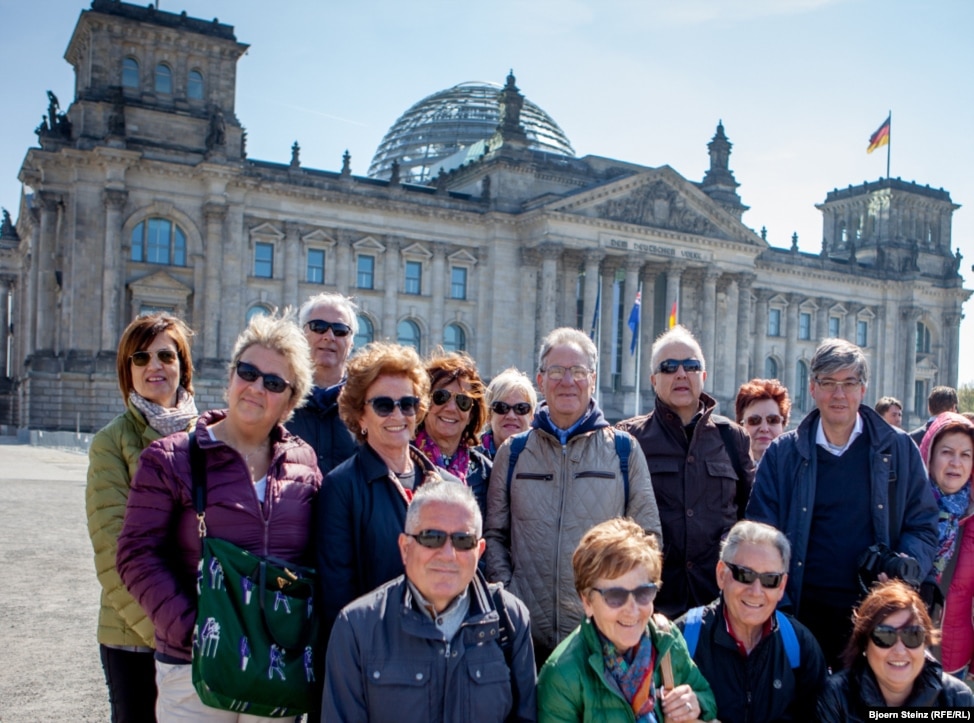
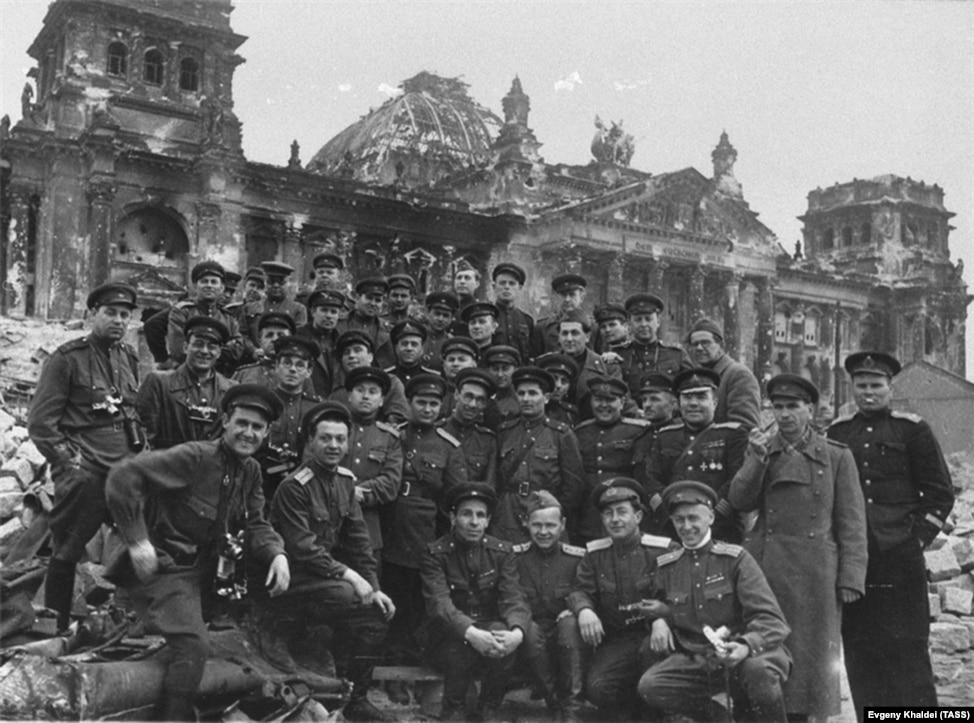
Red Army troops pose in front of the Reichstag, where furious room-to-room fighting took place on April 30, 1945. It’s now been restored as the seat of the German parliament, with Norman Foster’s iconic glass cupola making it a major tourist attraction.

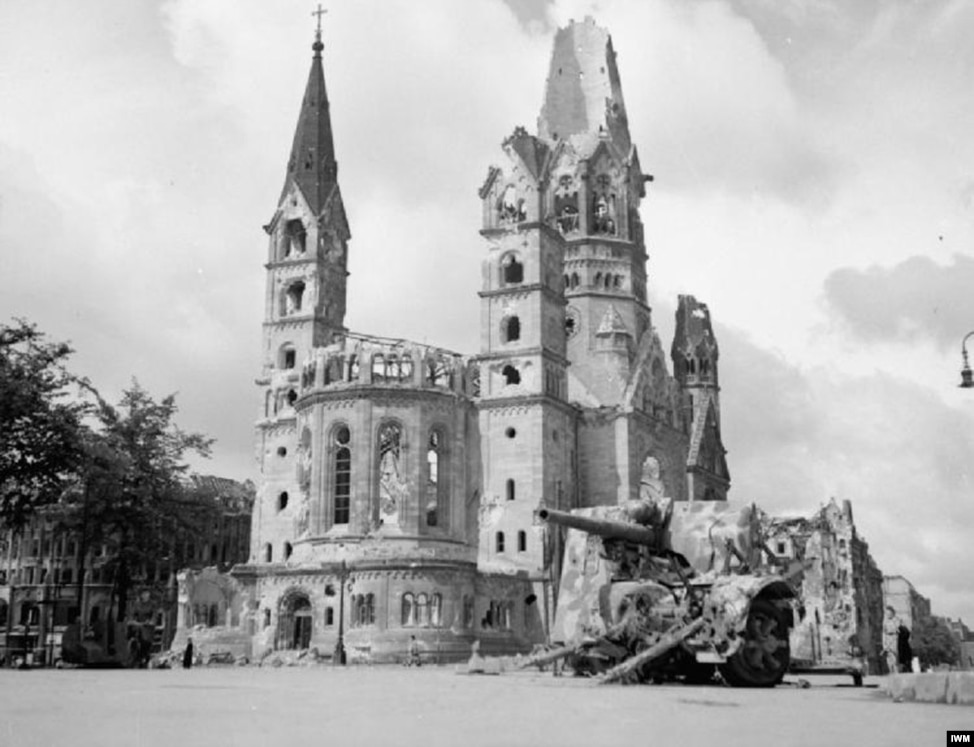
The Kaiser Wilhelm Memorial Church is one of the few sites in Berlin where the destruction of the war is still visible. Damaged in an air raid in 1943, it was deliberately left in ruins after the war.

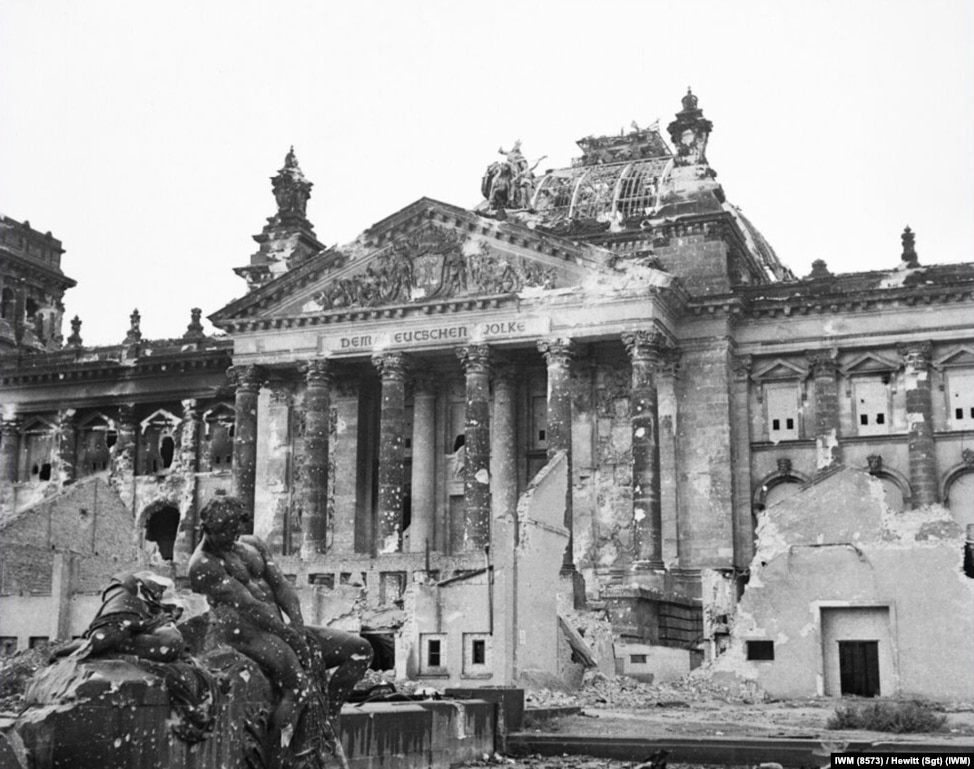
Another view of the Reichstag. Inside, visitors can still see graffiti left behind by Soviet troops in 1945.


Alexanderplatz, a major center of Berlin nightlife in the 1920s, was devastated in the fighting. It was redeveloped in the 1960s as a showpiece center of East Berlin, with its distinctive television tower on the left.
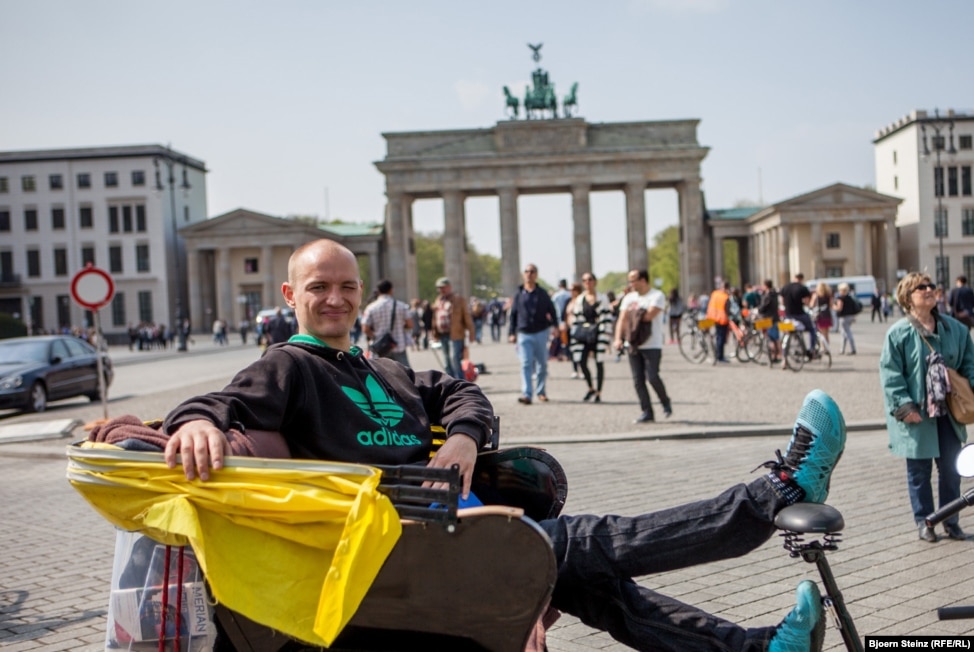

Poet and war correspondent Vasily Zakharchenko (right) chats with a Soviet officer, May 16, 1945. At the same spot on April 24, 2015, rickshaw driver Clemens waits for customers in the spring sunshine. In the background, on the left, is the famous Hotel Adlon. In 1945, it was in ruins. It was rebuilt in 1997.



